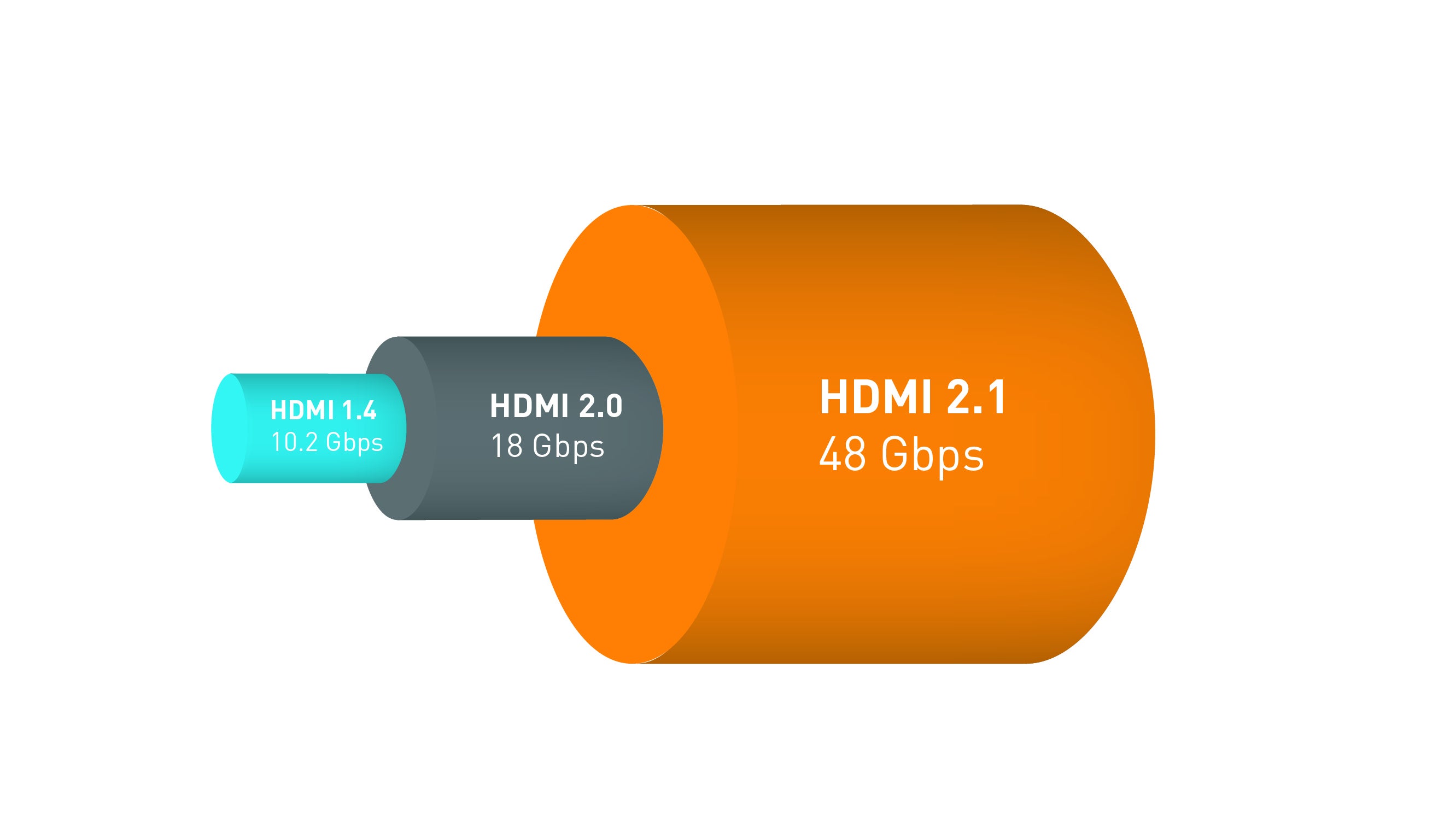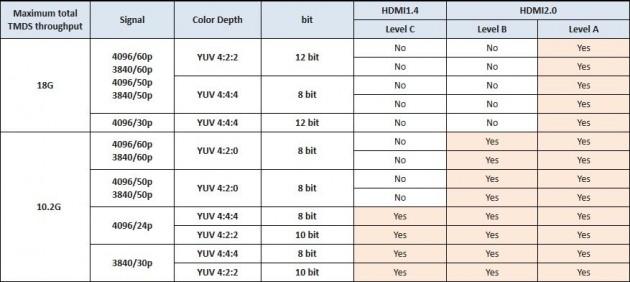

In the context of HDMI, Hertz refers to the number of times an image is refreshed on the screen per second.

Hertz, often abbreviated as Hz, is a unit used to measure frequency. Its ability to transmit high-definition, uncompressed signals coupled with its ease of use has made it the go-to choice for connecting our devices and immersing ourselves in a world of crystal-clear visuals and immersive sound. Overall, HDMI has revolutionized the way we connect and enjoy audio-visual content. It has also found its way into professional applications, such as in the broadcast and healthcare industries, where high-quality video and audio transmission is crucial. It’s worth noting that HDMI is not limited to consumer electronics. This ensures that you can enjoy your content in the highest quality available, provided that your devices and display are compatible with the respective HDMI versions.
#Hdmi versions resolution and framerate 1080p#
Additionally, HDMI supports popular video resolutions like 1080p (Full HD), 4K Ultra HD, and even 8K Ultra HD with the newer HDMI 2.1 standard. One of the key advantages of HDMI is its ability to support various audio formats, including Dolby Atmos and DTS:X, delivering immersive surround sound experiences. These newer versions bring significant improvements in terms of bandwidth, resolution support, and Hertz capabilities. While HDMI 1.4 was the prevalent standard for several years, it has now been superseded by HDMI 2.0 and the latest HDMI 2.1. HDMI cables come in various types and versions, each offering different features and capabilities. The use of HDMI ensures high-quality, high-definition content with impeccable clarity and vibrant color reproduction. Unlike its predecessors, such as VGA or DVI, HDMI carries both audio and video signals through a single cable, eliminating the need for multiple cables and simplifying the connection process.


 0 kommentar(er)
0 kommentar(er)
